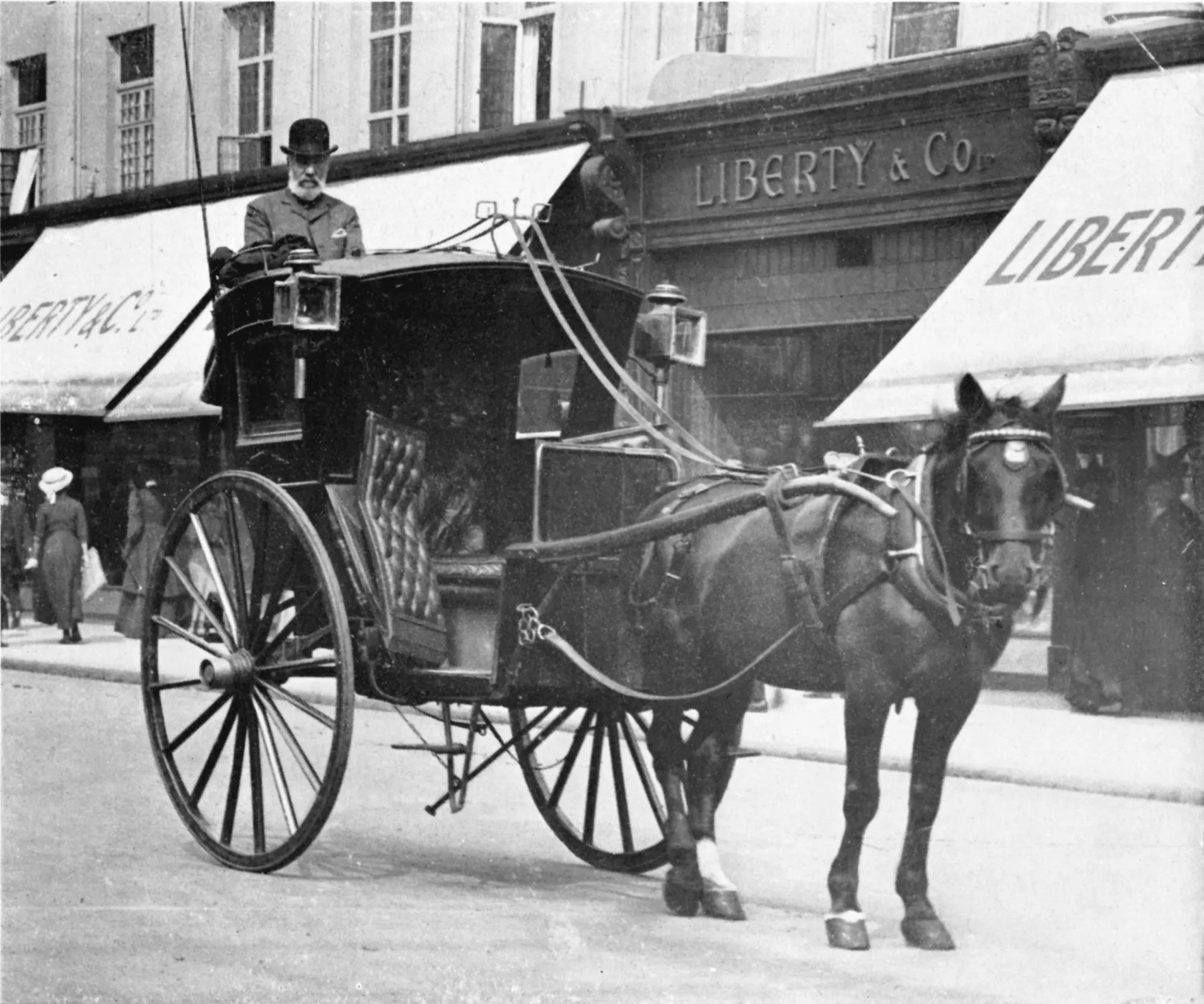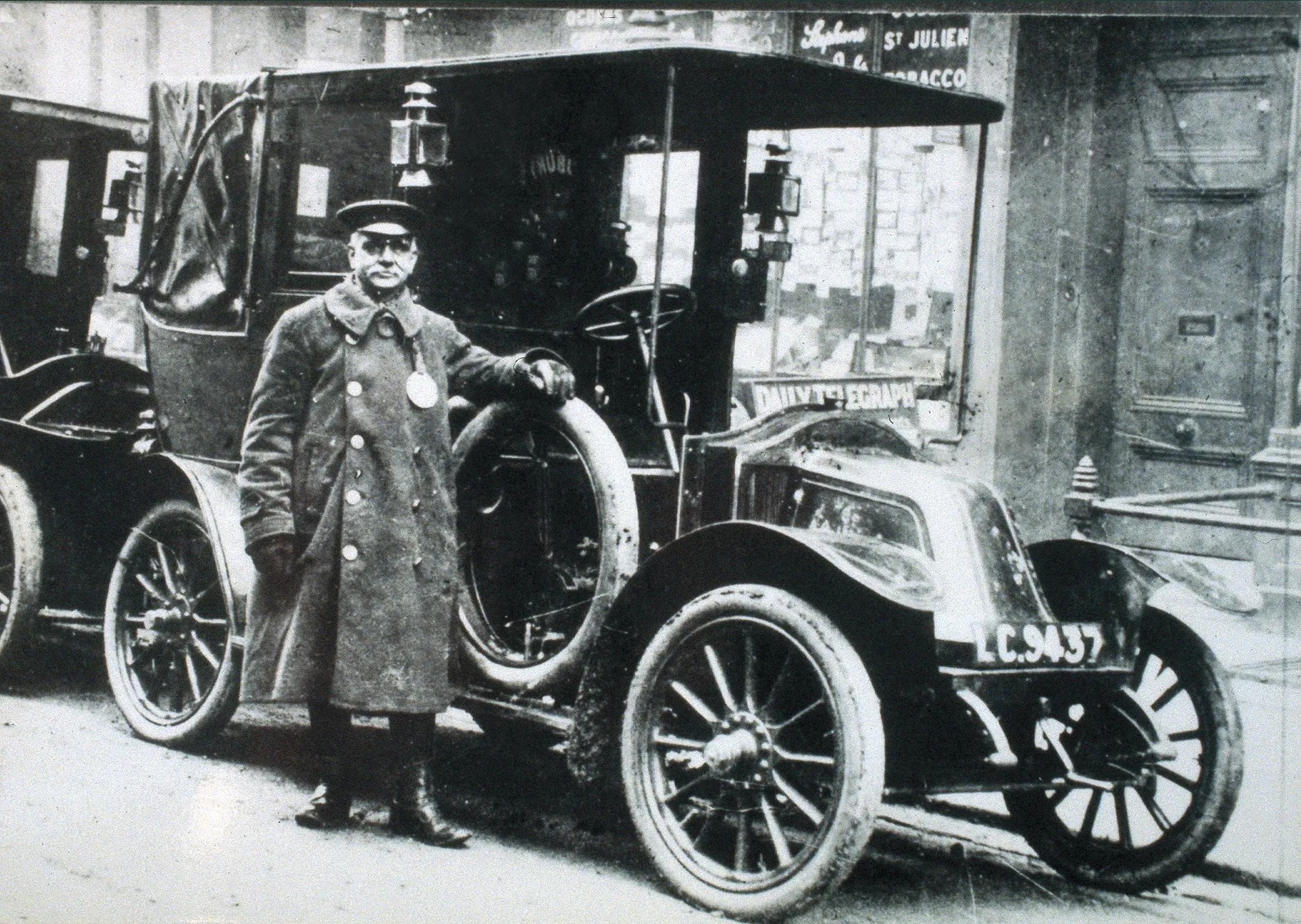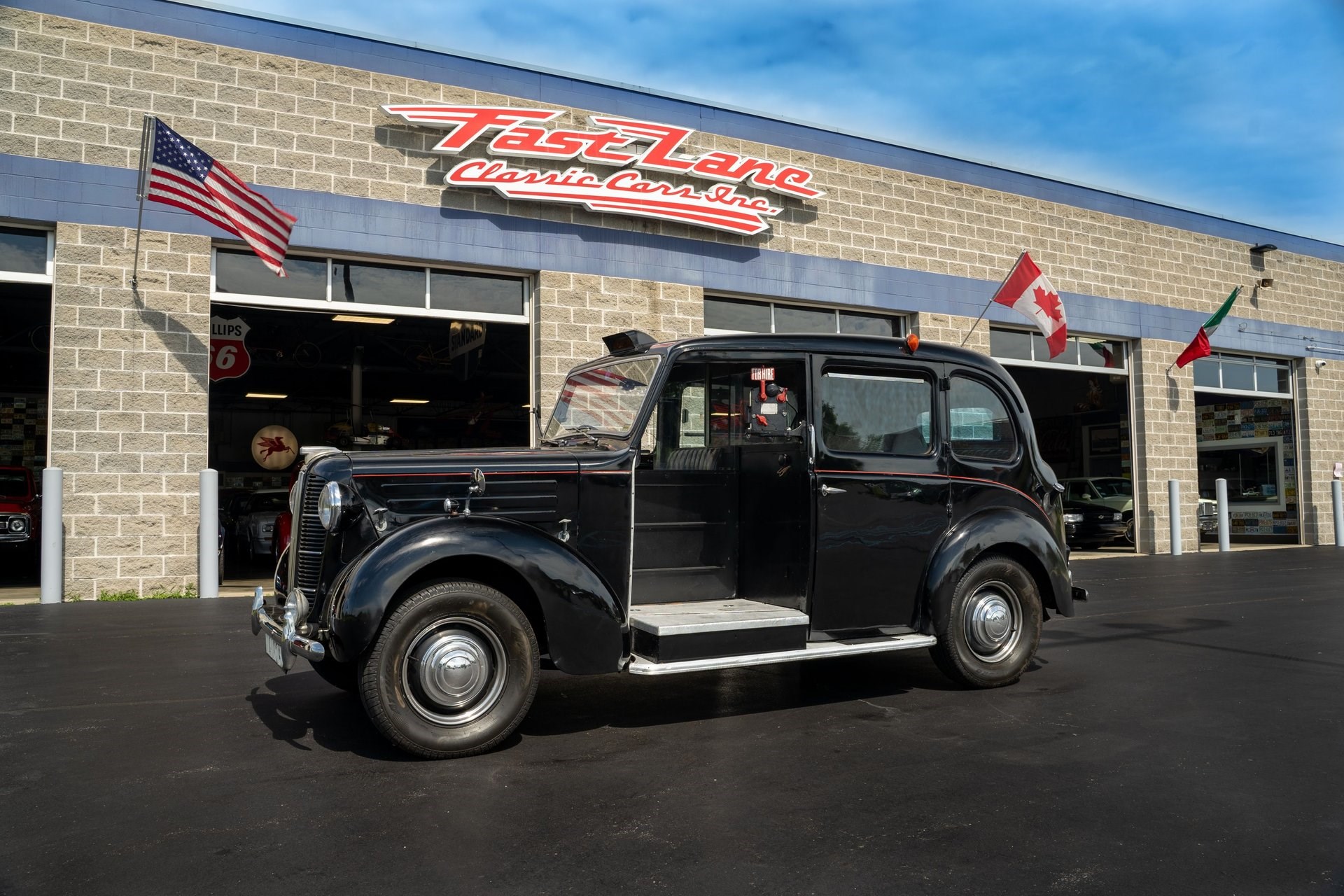
On the streets of London, taxis are ubiquitous: they have been an inseparable part of the city for many, many years. We take you on a journey to explore the history of the 'Black Cab'.
The origins of the "black cab", the London taxi, date back to the 17th century, when a naval captain organised a coach service between London and Westminster. Although it may seem commonplace today, this initiative made travelling more convenient than by boat or on foot!
The service quickly became a huge success and King Charles I awarded the monopoly to the Duke of Hamilton, who mobilised 50 carriages for the occasion. Over the years, the carriage evolved into a fiacre. In 1822, a revolutionary new carriage made its appearance: the cabriolet, nicknamed the "cab". Requiring only one horse, it could carry two people with a certain speed.
What's more, its compact size meant it could fit almost anywhere. Near railway stations, there were also four-wheeled fiacres, practical for carrying passengers and their luggage.

Abandoning the horse
The invention of the motor car revolutionised the world of taxis, and it seems that the first horseless carriage arrived in London in 1897. Called the "Colibri", it was electric. In 1903 came the Prunel, an internal combustion engine taxi made in France.
Three years later, the General Motor Cab Company was equipped with 500 red Renault taxis featuring a hitherto unheard-of feature: the taximeter. After the First World War, the brand of cars (mainly French) stopped producing taxis, judging the market to be unprofitable. British firms such as Beardmore and Mann & Overton entered the market.
The latter decided to modify Austin chassis to make vehicles dedicated to this specific function and to have them bodied at Carbodies. This was the beginning of the modern blackcab.

Practical above all
Contrary to what you might think, black was not a compulsory colour for London taxis. It was more a cost-saving measure when they were built.
The best-known early model was the FX3, built between 1948 and 1958. Powered by a 2.2-litre Austin engine, it had a distinctive 3-door body and luggage space next to the driver. The rear passenger area is very spacious, with room for up to 5 passengers on the bench seat and two folding seats opposite. Very popular, and not just on the streets of London, 12,435 FX3s were produced.

The icon
In 1958, the FX4 replaced the FX3. It differed from the previous model in that its fourth door meant that luggage was now protected from the elements. Equipped with independent suspension and a dual braking system, it was an incredible success and became an icon of "Made in Great Britain" design.
Under the bonnet, most of the engine is an Austin 2.2-litre diesel, but there is also a 2.2-litre petrol unit. Both were paired with either a 4-speed manual gearbox or a Borg-Warner automatic transmission. In 1971, it received a new 2.5-litre diesel, which was better suited to the automatic gearbox. Over the years, the FX4 was modified in response to feedback from drivers. In 1982, Carbodies began producing the taxi under its own brand name after British Leyland lost interest in this unusual vehicle. That was when the FX4R (for Rover) arrived, with its 2.3-litre engine, power steering and brake servo.
Unreliable, this model was replaced when London Taxi International took over taxi production. It received a 2.5-litre engine and a number of improvements designed to offer greater convenience for the driver and passengers. In 1989, the FX4 became the FX4 Fairway and was fitted with a Nissan 2.7 block, also used by the Terrano, which gave it much better performance. This model, adored by taxi drivers, was produced until 1997!

Modernity and heritage
The TX1 and then the TX2 are having trouble making people forget the incredibly robust FX4 Fairway. Even the mandatory Euro 3 standard failed to change the minds of taxi owners, who had their vehicles modified to keep them on the road.
Finally, increasingly stringent anti-pollution standards pushed the FX4 off the streets of London around 2009-2010, paving the way for the TX4. Today, the London Taxi Corporation Limited (LTC) has given way to the London Electric Vehicle Company Limited (LEVC), owned by the Chinese group Geely. Since 2017, the TX taxi, whose shape is loosely based on the TX4, has benefited from a hybrid powertrain that allows it to run on an electric drive unit. The battery is charged by a Volvo internal combustion engine that acts as a range extender.
More practical than ever, the TX is designed down to the smallest detail to get the job done. It also offers excellent accessibility for PRMs, something that the Fairway already offered at the end of the 80s! Thanks to Geely's impetus, LEVC is now present in many markets around the world, and the TX is also available with a left-hand steering wheel.
Despite its many qualities, it is having trouble convincing taxi drivers outside the UK because of its high price (around €80,000) and its specific design, which prevents it from being easily resold second-hand.

























